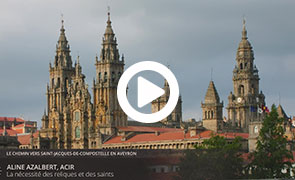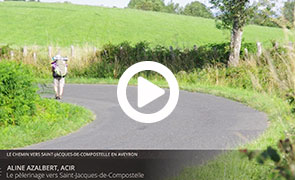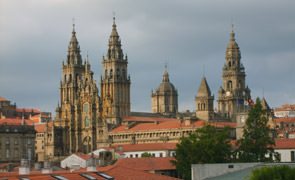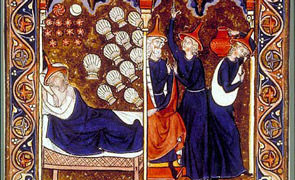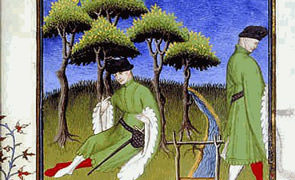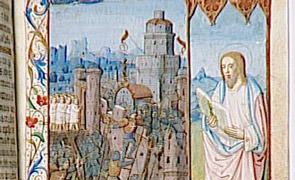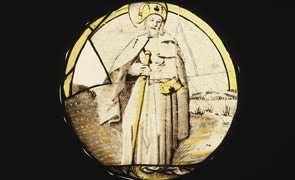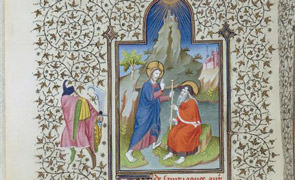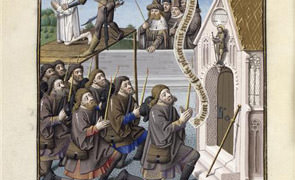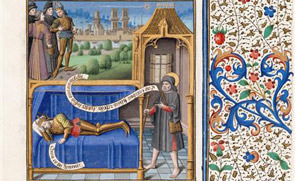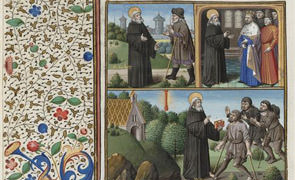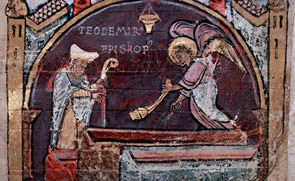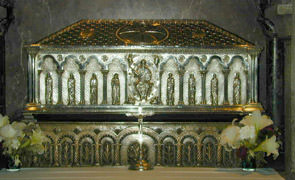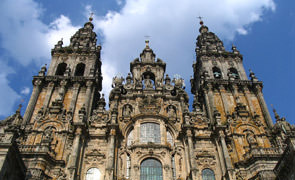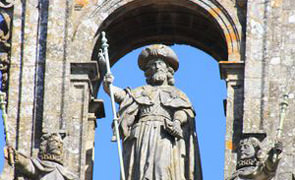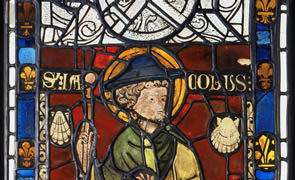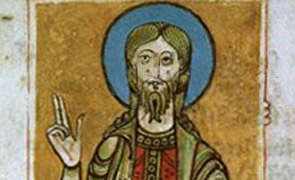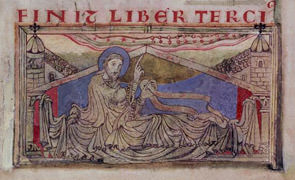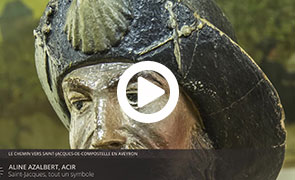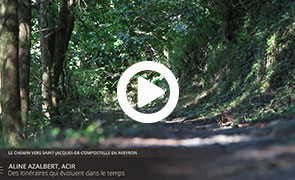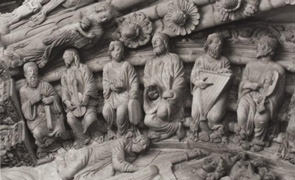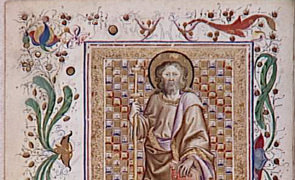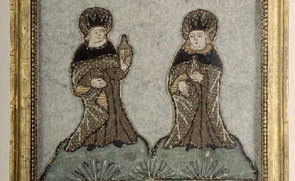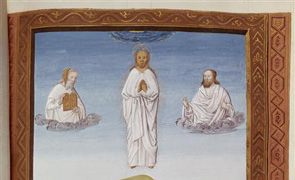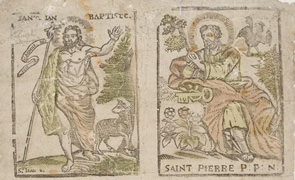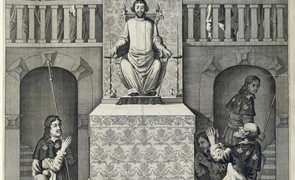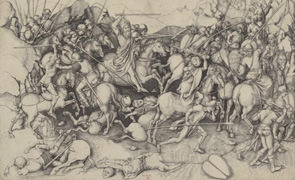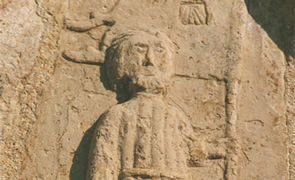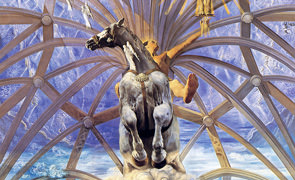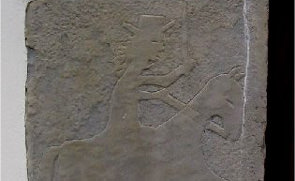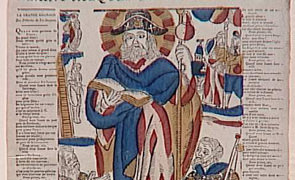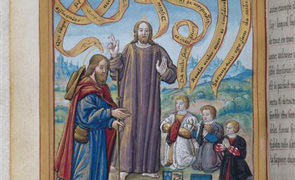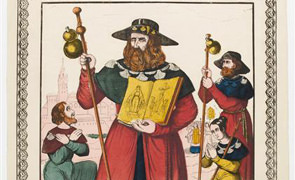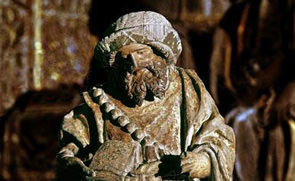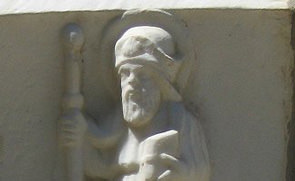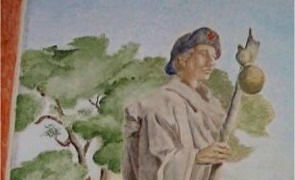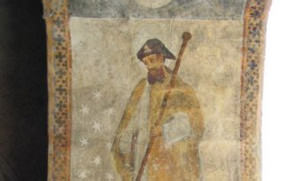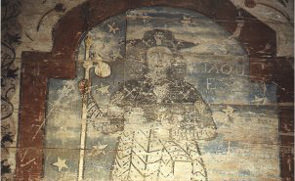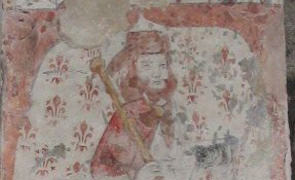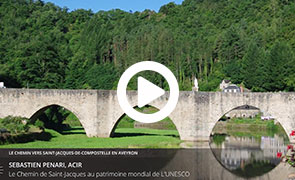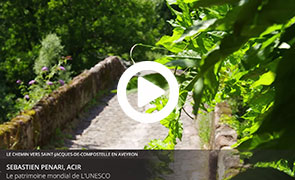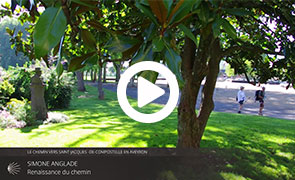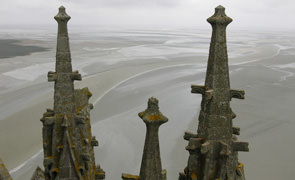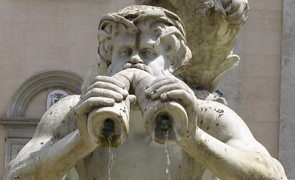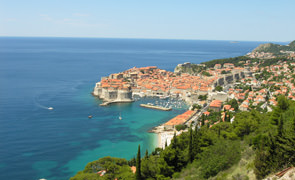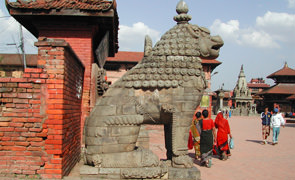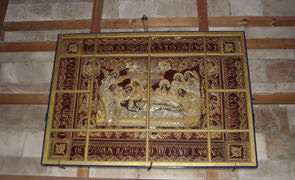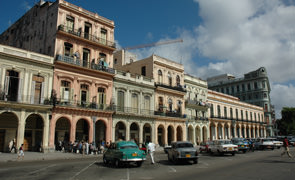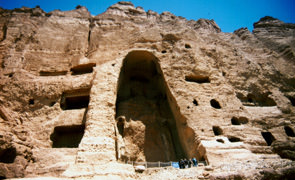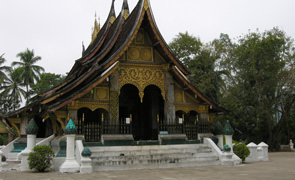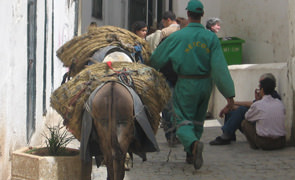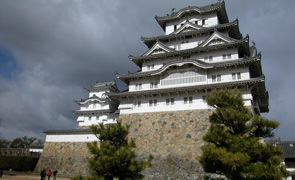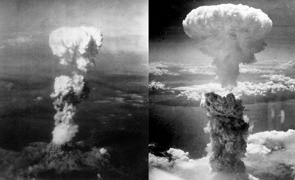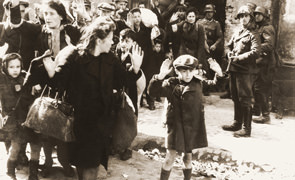Saint James on the World Heritage List
Galicia, the origins
The relics of Saint James the Greater were probably discovered between 818 and 834 at Compostela, in Galicia, on the borders of Spanish Finisterre. The difficulties encountered by Christians to make their way to the Holy Land, together with the symbol that James the Apostle represented in the Reconquista*, drew the West's attention to this tomb that became one of the major pilgrimages right from the end of the first millennium.
Saint James the Greater
James the Apostle was one of Christ's closest companions during his life on earth. He was one of those to whom Christ revealed his divine glory and his fears before dying.
It was on the Sea of Galilee, whilst fishing with his younger brother, the future Evangelist John, that he heard Christ's call. He left his boat and followed a path that would make him one of the first-hand eyewitnesses of the Gospel. An oversensitive zealot, who didn’t think twice about threatening the Samaritans with a rain of fire because of their attitude to Jesus, he would be beheaded in Palestine, around 41-44, by order of Herod Agrippa, at the time of the early persecution of Christians. Iconography mainly represents him in three forms:
- the apostle serving God, most frequently in majesty,
- a pilgrim with a scallop shell, the emblem of Saint James’ shrine, to which a pouch and staff are added,
- the Moor-slayer, on horseback and driving out the infidels with his sword, bastion of the faith and ensign of the military order of Saint James.
On the World Heritage List
The year was 1945. The world was awakening from a nightmare that had gone beyond the bounds of horror. On 16 November, the United Nations Educational, Scientific and Cultural Organisation (UNESCO) was set up by the League of Nations. Its aim: to build peace in the minds of men through education, science, culture and communication in order to further universal respect for justice, the rule of law, and human rights along with fundamental freedom for everyone, regardless of race, gender, language or religion.
